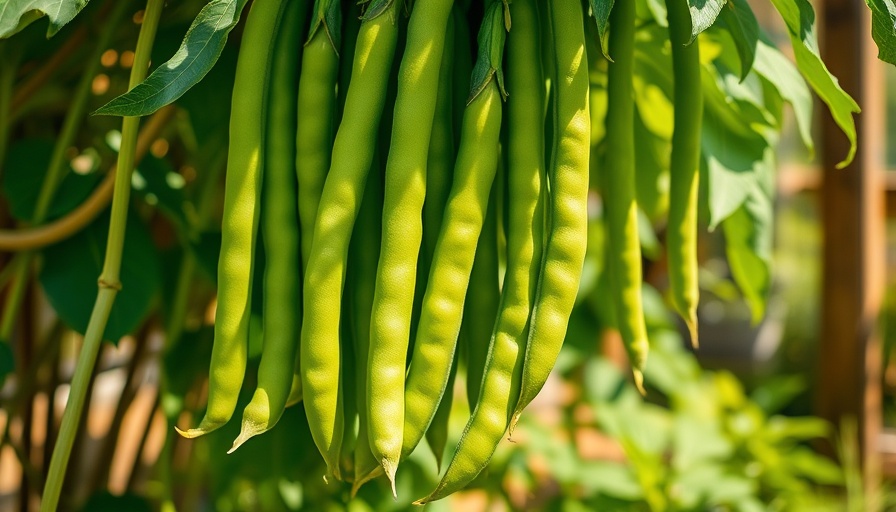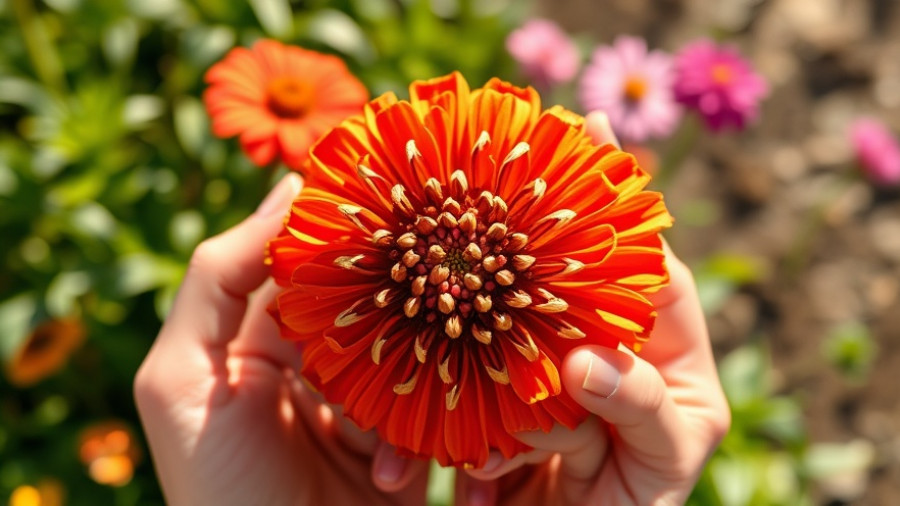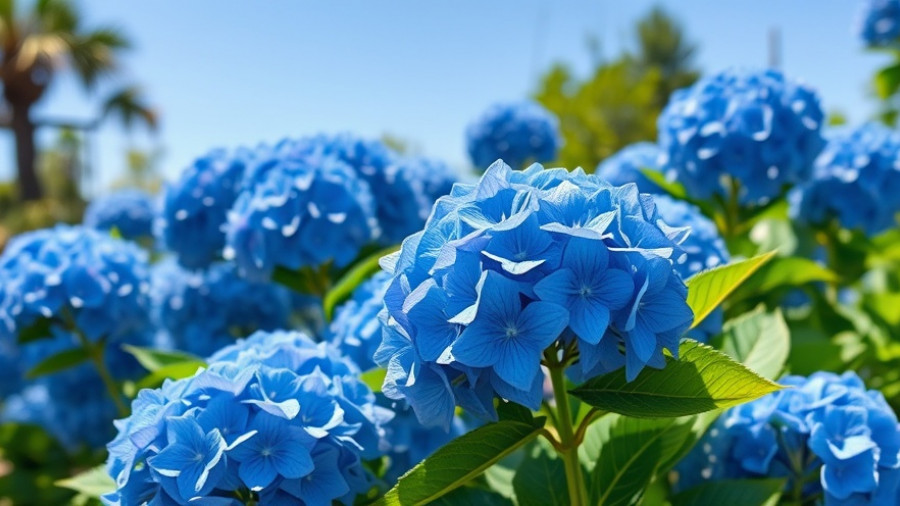
Discover the Thrill of Vertical Gardening with Fast-Growing Pole Beans
If you’re looking to add flavor and nutrition to your garden without requiring expansive space, fast-growing pole beans might be your gateway to a fruitful backyard. As expert gardener Katherine Rowe highlights, these unique varieties not only maximize verticality but also continue to provide bountiful harvests throughout the entire growing season. This article dives into why pole beans should be a must-have for every garden enthusiast, exploring their growth habits, benefits, and some top picks for your home garden.
Why Choose Vertical Gardening?
With urban living becoming the norm, many garden lovers find themselves challenged by limited space. Vertical gardening emerges as an ingenious solution. By using supports like trellises or arbors, pole beans can thrive even in small backyards or container gardens. They have the added advantage of not only conserving ground space but also offering an aesthetic appeal. A garden adorned with climbing plants brings vibrant greenery and stunning blooms, transforming your outdoor area into a lush retreat.
Benefits of Growing Pole Beans
Fast-growing pole beans are not just easy to cultivate; they enhance your garden's functionality as well. Here’s how:
High Yield: Pole beans produce continuously throughout the season, offering gardeners a long harvest window.
Nutritional Value: Beans are packed with protein, vitamins, and minerals, making them a perfect addition to your meals.
Easy Maintenance: These varieties typically require less care than traditional bushes as they grow skyward.
Companion Planting: They thrive alongside tomatoes, zucchini, and peppers, maximizing your garden’s output.
Top Fast-Growing Varieties to Try
With an array of options available, selecting the right pole beans is essential. Here are some of the best:
Kentucky Wonder Pole Bean: Known for its vigorous growth and high yield, this heirloom variety is a staple among gardeners.
Blue Lake FM-1K: This variety is renowned for its crisp texture and rich flavor, making it ideal for fresh eating and canning.
Seychelles Pole Bean: With its vibrant green color and fruity flavor, it is perfect for salads and stir-fries.
Tips for Successful Growth
To ensure your pole beans flourish, consider these essential gardening tips:
Provide Support: Install a sturdy trellis at the time of planting to ensure structural stability.
Optimize Sunlight: Ensure your beans receive full sun for the best yield.
Regular Harvesting: Picking beans while they are young promotes wilder productivity.
Water Wisely: Maintain consistent moisture, particularly during flowering and pod development.
Enhancing Your Garden with Beans
Imagine walking into your backyard, where fragrant blooms and verdant leaves of pole beans greet you. Not only do these plants beautify your garden, but they also create functional outdoor space. They can be integrated into your landscaping plans or immensely improve your backyard’s functionality with a paver patio, outdoor kitchen, or fire pit designs that harmoniously coexist with nature. Explore garden planning tips to align your pole bean trellises beautifully while considering the eco-friendly yard care practices.
By cultivating fast-growing pole beans, not only will you reap their delicious rewards, but you'll also embrace the joy of gardening, creating outdoor spaces that resonate warmth and character with every vine that climbs.
Join the Gardening Community
Now is the perfect time to start your pole bean journey and create an inviting garden that reflects your personality. Share your gardening stories or tips with fellow enthusiasts and join hands to enrich your community’s growing experience!
 Add Row
Add Row  Add
Add 




Write A Comment